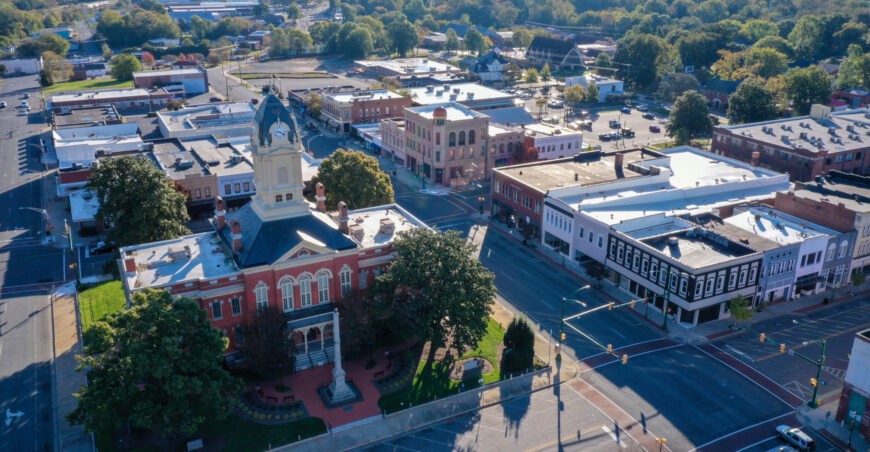When a community is new, a study is produced that outlines a budget to fund a reserve account in preparation for future expenses related to the inevitable deterioration of major components of the common property. The study can include things like entrance signs, light poles, siding, roofs and sidewalks. New community boards sometimes don’t see a need to build a reserve fund when everything is new, and therefore elect to put minimal amounts in the reserve account. In some cases, they choose not to fund the reserve account at all.
So what happens during those first few years if the the reserve account gets less than the recommended amount of funding? Frankly, not much. The community is still relatively new, and no major projects are undertaken. Some of the original owners sell to new ones. With each passing year, the reserve account continues to fall behind, despite the community’s age or the manager’s recommendation to fund the reserve account.
Now it’s 10 or 15 years from the community’s inception. What’s happening?
The cost of everything has gone up, but remarkably, maintenance fees have remained flat since 2000. Weather has battered decks or siding, roofs or sidewalks. They need to be replaced. The cement is crumbling on the front sign. The total cost of repairs for projects. A housing subdivision sign with the name removed and ready for your customization.ike these could reach in the tens of thousands of dollars. There’s a new management company handling the property. The association has seen several board members come and go. The current board is forced to make the tough decision to assess owners several thousand dollars in order to fund needed repairs. Owners are angry, especially ones that haven’t been living there since the beginning. They call the management company, they may even blame the management company (which has all along been guiding the board to raise dues in order to properly fund the reserve account and maintain the property). So, the consequences of early actions to barely fund the reserve account, now fall upon the current owners who must now bare the full burden of making repairs. There is no other choice.
As your community ages, the projects, and the bills that come along with them increase. The association will need to use its reserves to fund these projects. So, the next time your association proudly reports that maintenance fees have remained the same, question whether the reserve account balance is enough- because down the road, the pain of paying a special assessment may not be worth the pleasure of a smaller maintenance fee today.

